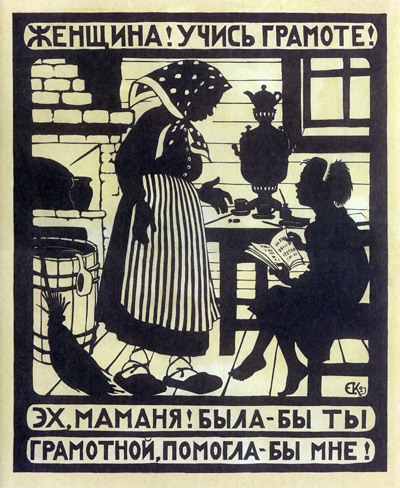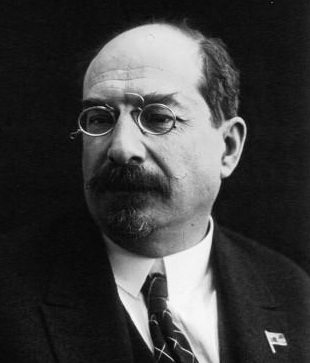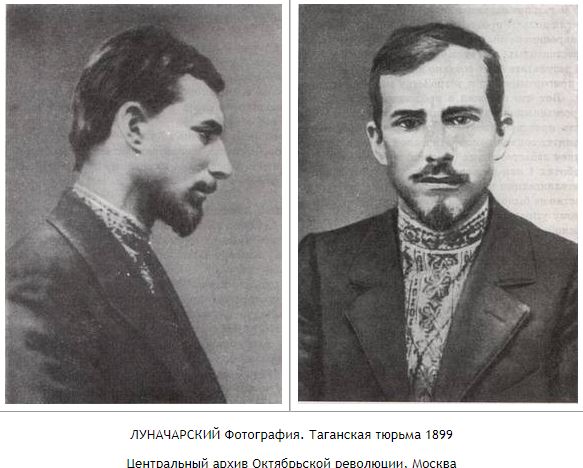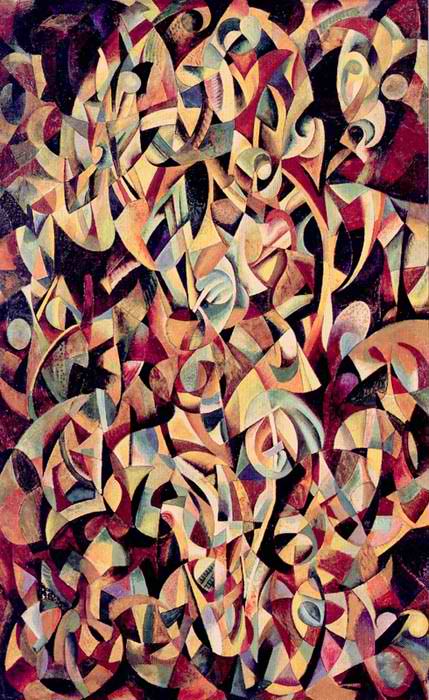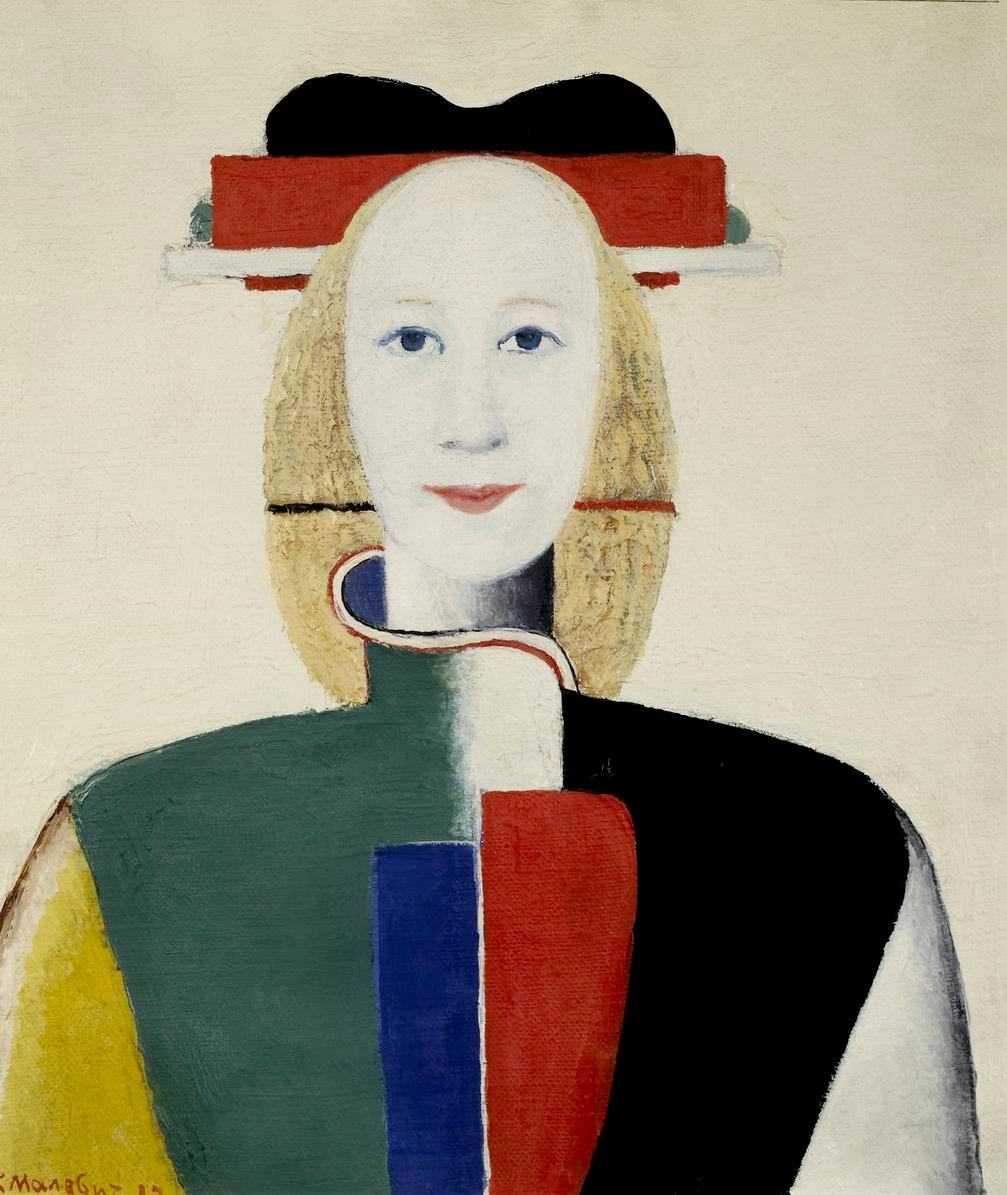|
Narkompros
The People's Commissariat for Education (or Narkompros; russian: Народный комиссариат просвещения, Наркомпрос, directly translated as the "People's Commissariat for Enlightenment") was the Soviet agency charged with the administration of public education and most other issues related to culture. In 1946, it was transformed into the Ministry of Education. Its first head was Anatoly Lunacharsky. However he described Nadezhda Krupskaya as the "soul of Narkompros". Mikhail Pokrovsky, Dmitry Leshchenko and Evgraf Litkens also played important roles. Lunacharsky protected most of the avant-garde artists such as Vladimir Mayakovsky, Kazimir Malevich, Vladimir Tatlin and Vsevolod Meyerhold. Despite his efforts, the official policy after Joseph Stalin put him in disgrace. Narkompros had seventeen sections, in addition to the main ones related to general education, e.g., * Likbez, a section for liquidation of illiteracy, * " Profobr", a section for pro ... [...More Info...] [...Related Items...] OR: [Wikipedia] [Google] [Baidu] |
Proletkult
Proletkult ( rus, Пролетку́льт, p=prəlʲɪtˈkulʲt), a portmanteau of the Russian words "proletarskaya kultura" (proletarian culture), was an experimental Soviet artistic institution that arose in conjunction with the Russian Revolution of 1917. This organization, a federation of local cultural societies and avant-garde artists, was most prominent in the visual, literary, and dramatic fields. Proletkult aspired to radically modify existing artistic forms by creating a new, revolutionary working-class aesthetic, which drew its inspiration from the construction of modern industrial society in backward, agrarian Russia. Although funded by the People's Commissariat for Education of Soviet Russia, the Proletkult organization sought autonomy from state control, a demand which brought it into conflict with the Communist Party hierarchy and the Soviet state bureaucracy. Some top party leaders, such as Lenin, sought to concentrate state funding and retain it from such artistic ... [...More Info...] [...Related Items...] OR: [Wikipedia] [Google] [Baidu] |
Likbez
Likbez (russian: ликбе́з, ; from a Russian abbreviation for russian: ликвида́ция безгра́мотности, translit=likvidatsiya bezgramotnosti, label=none, , meaning "elimination of illiteracy") was a campaign of eradication of illiteracy in Soviet Russia and to Soviet Union in the 1920s and 1930s. The term was also used for various schools and courses established during the campaign. Nowadays, this term is sometimes used in Russian as a slang for answers on common questions. Background In 1897, the overall literacy rate of the Russian Empire was an estimated 24%, with the rural literacy rate at 19.7%. There were few schools available to the population, particularly in rural areas. Until the early 20th century, there were still no specific curricular plans or guidelines in the zemstvo schools. In 1891, the literacy schools came under church administration, and maintained a largely religious curriculum, which emphasized the teaching of old Church Slavoni ... [...More Info...] [...Related Items...] OR: [Wikipedia] [Google] [Baidu] |
Ministry Of Education (Soviet Union)
The Ministry of Education of the Union of Soviet Socialist Republics (USSR) (russian: Министерство просвещения СССР), formed on 3 August 1966, was one of the most important government offices in the Soviet Union. It was known as the People's Commissariat for Education (russian: Народный комиссариат просвещения), or Narkompros, until 1946. Narkompros was a Soviet agency founded by the State Commission on Education (russian: Государственная комиссия по просвещению) and charged with the administration of public education and most of other issues related to culture. Its first head was Anatoly Lunacharsky. However he described Nadezhda Krupskaya as the "soul of Narkompros". Mikhail Pokrovsky and Evgraf Litkens also played important roles. Lunacharsky protected most of the avant-garde artists such as Vladimir Mayakovsky, Kazimir Malevich, Vladimir Tatlin and Vsevolod Meyerhold. Despite his effo ... [...More Info...] [...Related Items...] OR: [Wikipedia] [Google] [Baidu] |
Anatoly Lunacharsky
Anatoly Vasilyevich Lunacharsky (russian: Анато́лий Васи́льевич Лунача́рский) (born Anatoly Aleksandrovich Antonov, – 26 December 1933) was a Russian Marxist revolutionary and the first Bolshevik Soviet People's Commissar (Narkompros) responsible for Ministry of Education as well as an active playwright, critic, essayist and journalist throughout his career. Background Lunacharsky was born on 23 or 24 November 1875 in Poltava, Ukraine (then part of the Russian Empire) as the illegitimate child of Alexander Antonov and Alexandra Lunacharskaya, née Rostovtseva. His mother was then married to statesman Vasily Lunacharsky, a nobleman of Polish origin, whence Anatoly's surname and patronym. She later divorced Vasily Lunacharsky and married Antonov, but Anatoly kept his former name. In 1890, at the age of 15, Lunacharsky became a Marxist. From 1894, he studied at the University of Zurich under Richard Avenarius for two years without taking a deg ... [...More Info...] [...Related Items...] OR: [Wikipedia] [Google] [Baidu] |
Evgraf Litkens
Evgraf Alexandrovich Litkens (russian: Евграф Александрович Литкенc; 1888–1922) was a who played a major role in the development of following the Bolshevik seizure of power. As a young boy Evgraf Litkens met , when his father harboured Trotsky following ... [...More Info...] [...Related Items...] OR: [Wikipedia] [Google] [Baidu] |
Kasimir Malevich
Kazimir Severinovich Malevich ; german: Kasimir Malewitsch; pl, Kazimierz Malewicz; russian: Казими́р Севери́нович Мале́вич ; uk, Казимир Северинович Малевич, translit=Kazymyr Severynovych Malevych ., group=nb (Запись о рождении в метрической книге римско-католического костёла св. Александра в Киеве, 1879 год // ЦГИАК Украины, ф. 1268, оп. 1, д. 26, л. 13об—14. – 15 May 1935) was a ... [...More Info...] [...Related Items...] OR: [Wikipedia] [Google] [Baidu] |
Vestnik Teatra
''Vestnik Teatra'' (''Theatre Courier'') was the journal of the Theatre Department of Narkompros, founded in Moscow in 1919. It became an influential journal amongst theatrical practitioners during the period following the Bolshevik seizure of power. It published articles by such people as Platon Kerzhentsev and Vsevolod Meyerhold. The magazine ceased publication in 1921. Some articles No. 1 (1919): :'Mozhno li iskazhat' p'esy postanovkoi?' (p. 2), Platon Kerzhentsev No. 19 (1919): :'Rozn' iskusstva' (p. 2), Platon Kerzhentsev No. 36 (1919): :'Peredelyvaite p'esy! (pp. 6–8), Platon Kerzhentsev No. 48 (1920): :'Teatral'nyi muzei' (pp. 4–5), Platon Kerzhentsev No. 51 (1920): :'Burzhuaznoe nasledie' (pp. 2–3), Platon Kerzhentsev No. 53 (1920): :'Pis'mo v redaktsiiu' (p. 5), Platon Kerzhentsev See also *Proletcult Theatre Proletcult Theatre (Russian: Театры Пролеткульта; abbr. from Proletarian Cultural and Educational Organizations Theatre) was the theatrical ... [...More Info...] [...Related Items...] OR: [Wikipedia] [Google] [Baidu] |
Russian Academy Of Sciences
The Russian Academy of Sciences (RAS; russian: Росси́йская акаде́мия нау́к (РАН) ''Rossíyskaya akadémiya naúk'') consists of the national academy of Russia; a network of scientific research institutes from across the Russian Federation; and additional scientific and social units such as libraries, publishing units, and hospitals. Peter the Great established the Academy (then the St. Petersburg Academy of Sciences) in 1724 with guidance from Gottfried Leibniz. From its establishment, the Academy benefitted from a slate of foreign scholars as professors; the Academy then gained its first clear set of goals from the 1747 Charter. The Academy functioned as a university and research center throughout the mid-18th century until the university was dissolved, leaving research as the main pillar of the institution. The rest of the 18th century continuing on through the 19th century consisted of many published academic works from Academy scholars and a few Ac ... [...More Info...] [...Related Items...] OR: [Wikipedia] [Google] [Baidu] |
Glavlit
Main Directorate for the Protection of State Secrets in the Press under the Council of Ministers of the USSR (russian: Главное управление по охране государственных тайн в печати при СМ СССР) was the official censorship and state secret protection organ in the Soviet Union. The censorship agency was established in 1922 under the name "Main Administration for Literary and Publishing Affairs at the RSFSR Narkompros", abbreviated as Glavlit (Главлит). The latter term was in semiofficial use until the dissolution of the Soviet Union. Since the word "Glavlit" hints at "literature", the organization is often confused with Goskomizdat, which performed another type of censorship: it controlled the political content in fiction, poetry, etc. Chronology of names *1922: Main Administration for Literary and Publishing Affairs under the People's Commissariat of Education of the RSFSR (Главное управление п� ... [...More Info...] [...Related Items...] OR: [Wikipedia] [Google] [Baidu] |
Alexander Rodchenko
Aleksander Mikhailovich Rodchenko (russian: link=no, Алекса́ндр Миха́йлович Ро́дченко; – 3 December 1956) was a Russian and Soviet artist, sculptor, photographer, and graphic designer. He was one of the founders of Constructivism (art), constructivism and Russian design; he was married to the artist Varvara Stepanova. Rodchenko was one of the most versatile constructivist and Productivism (art), productivist artists to emerge after the Russian Revolution of 1917, Russian Revolution. He worked as a painter and graphic designer before turning to photomontage and photography. His photography was socially engaged, formally innovative, and opposed to a painterly aesthetic. Concerned with the need for analytical-documentary photo series, he often shot his subjects from odd angles—usually high above or down below—to shock the viewer and to postpone recognition. He wrote: "One has to take several different shots of a subject, from different points of ... [...More Info...] [...Related Items...] OR: [Wikipedia] [Google] [Baidu] |
Vladimir Tatlin
Vladimir Yevgrafovich Tatlin ( – 31 May 1953) was a Russian and Soviet painter, architect and stage-designer. Tatlin achieved fame as the architect who designed The Monument to the Third International, more commonly known as Tatlin's Tower, which he began in 1919. Honour, H. and Fleming, J. (2009) ''A World History of Art''. 7th edn. London: Laurence King Publishing, p. 819. With Kazimir Malevich he was one of the two most important figures in the Soviet avant-garde art movement of the 1920s, and he later became an important artist in the Constructivist movement. Biography Vladimir Yevgrafovich Tatlin was born in Moscow, Russian Empire. His father, Yevgraf Nikoforovich Tatlin was a hereditary nobleman from Oryol, a mechanical engineer graduated from the Technological Institute in St.Petersburg and employed by the Moscow-Brest Railway in Moscow. His mother, Nadezhda Nikolaevna Tatlina (Bart) was a poet who sympathized with the Narodnaya Volya revolutionary movement. Afte ... [...More Info...] [...Related Items...] OR: [Wikipedia] [Google] [Baidu] |
Kazimir Malevich
Kazimir Severinovich Malevich ; german: Kasimir Malewitsch; pl, Kazimierz Malewicz; russian: Казими́р Севери́нович Мале́вич ; uk, Казимир Северинович Малевич, translit=Kazymyr Severynovych Malevych ., group=nb (Запись о рождении в метрической книге римско-католического костёла св. Александра в Киеве, 1879 год // ЦГИАК Украины, ф. 1268, оп. 1, д. 26, л. 13об—14. – 15 May 1935) was a ... [...More Info...] [...Related Items...] OR: [Wikipedia] [Google] [Baidu] |

